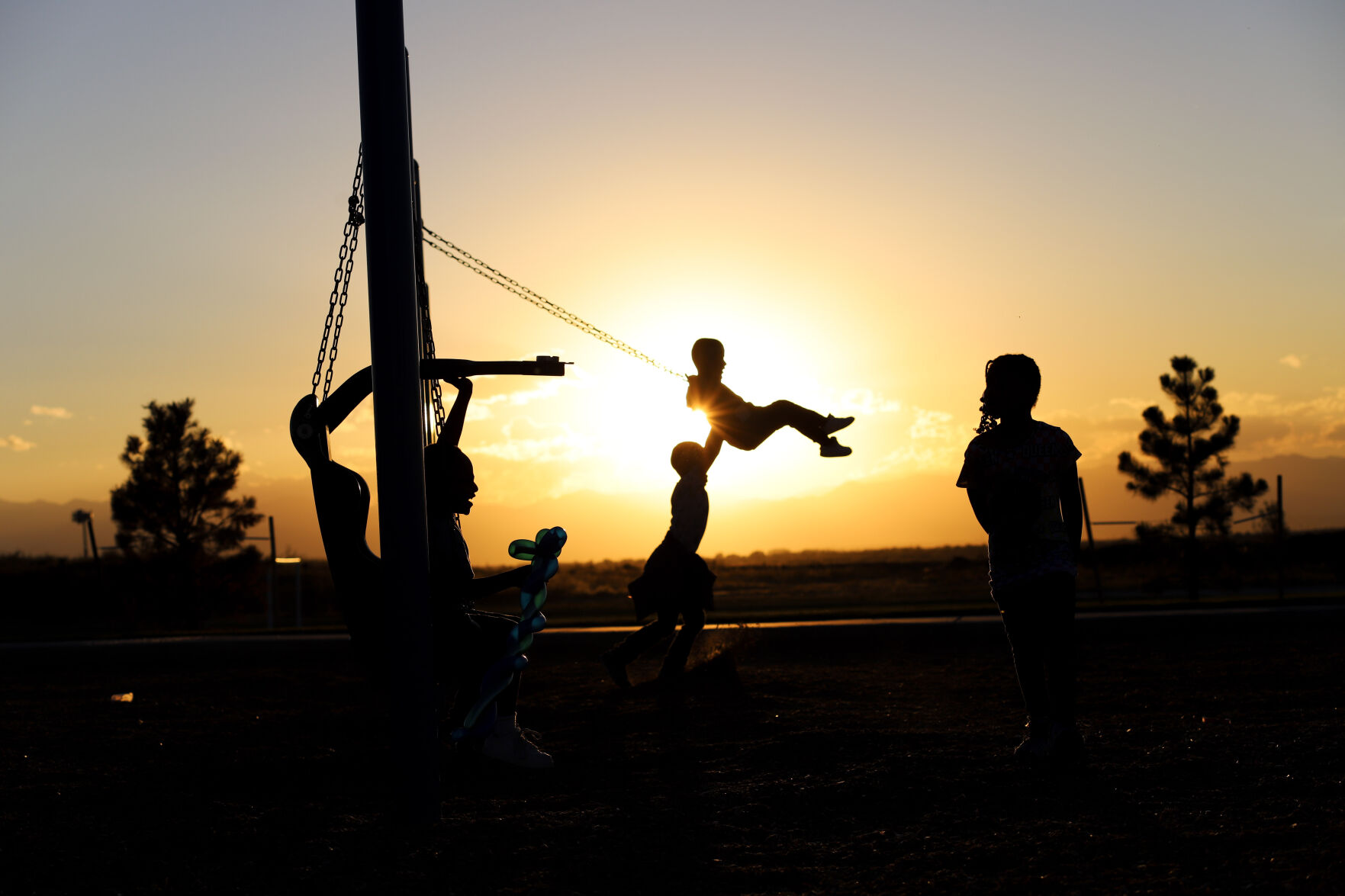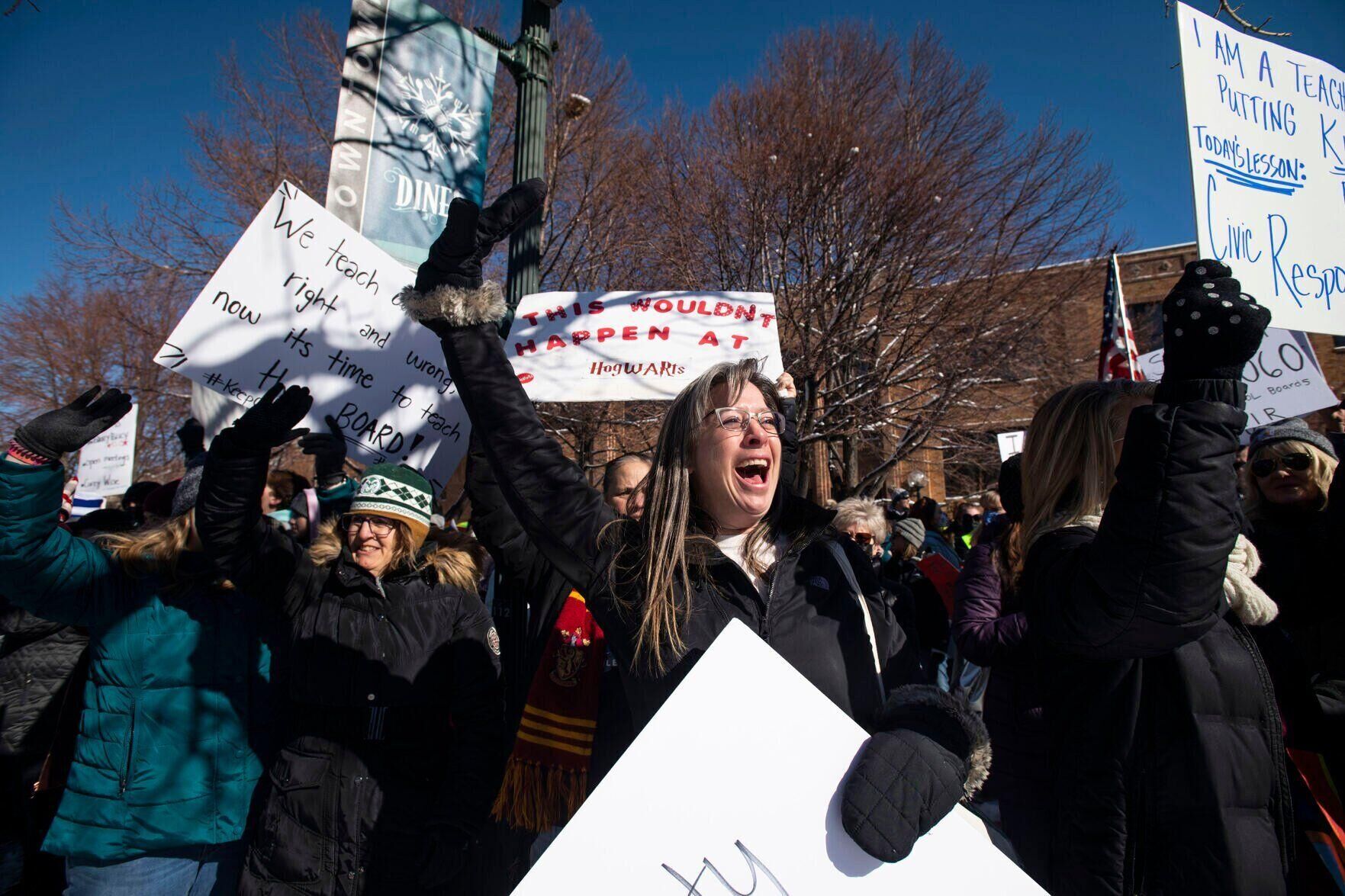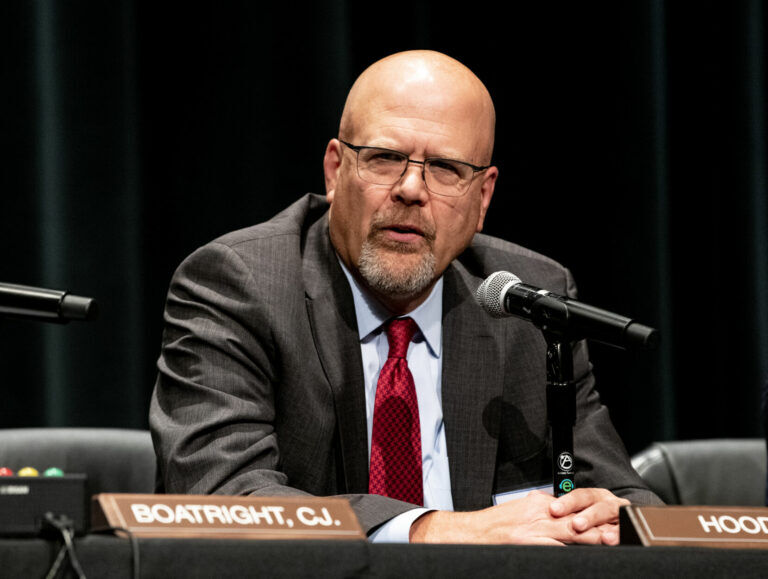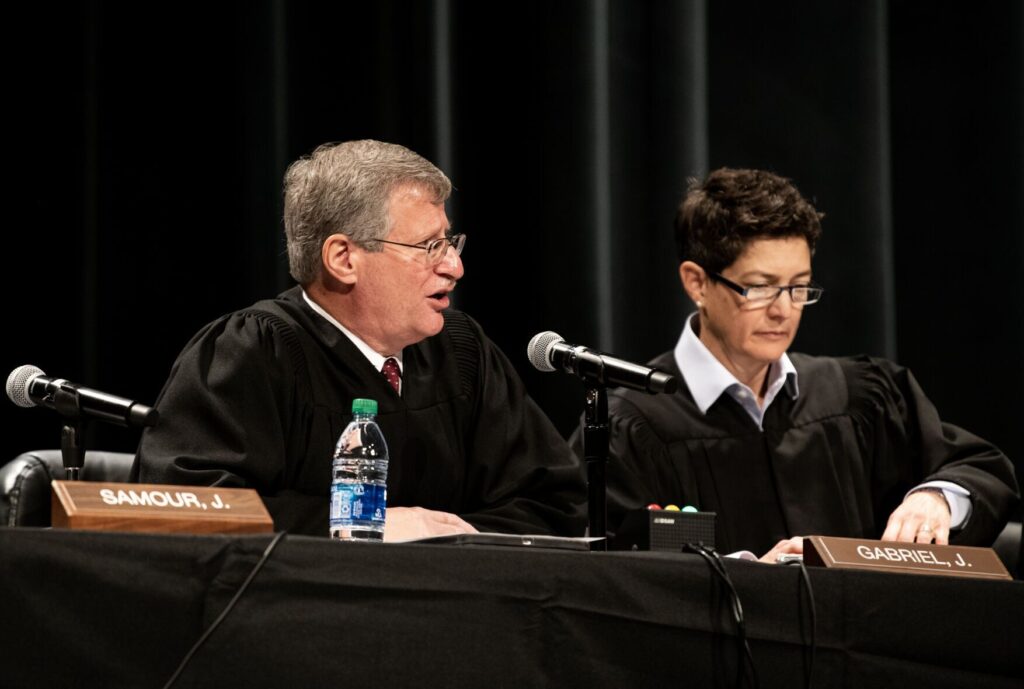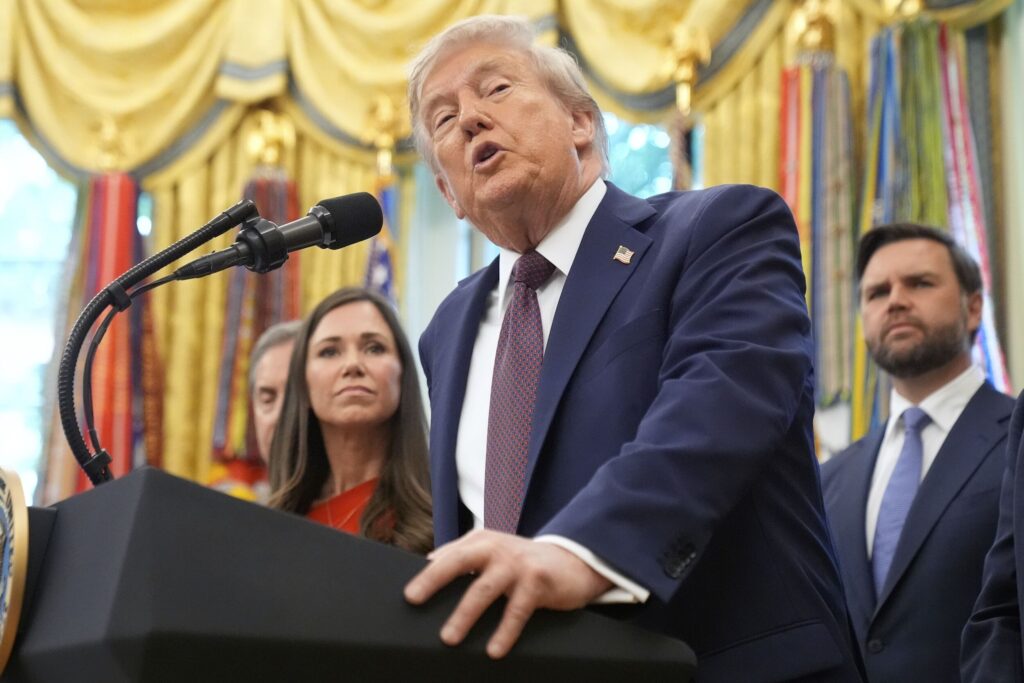Colorado voters approve $311 million for local education | ANALYSIS
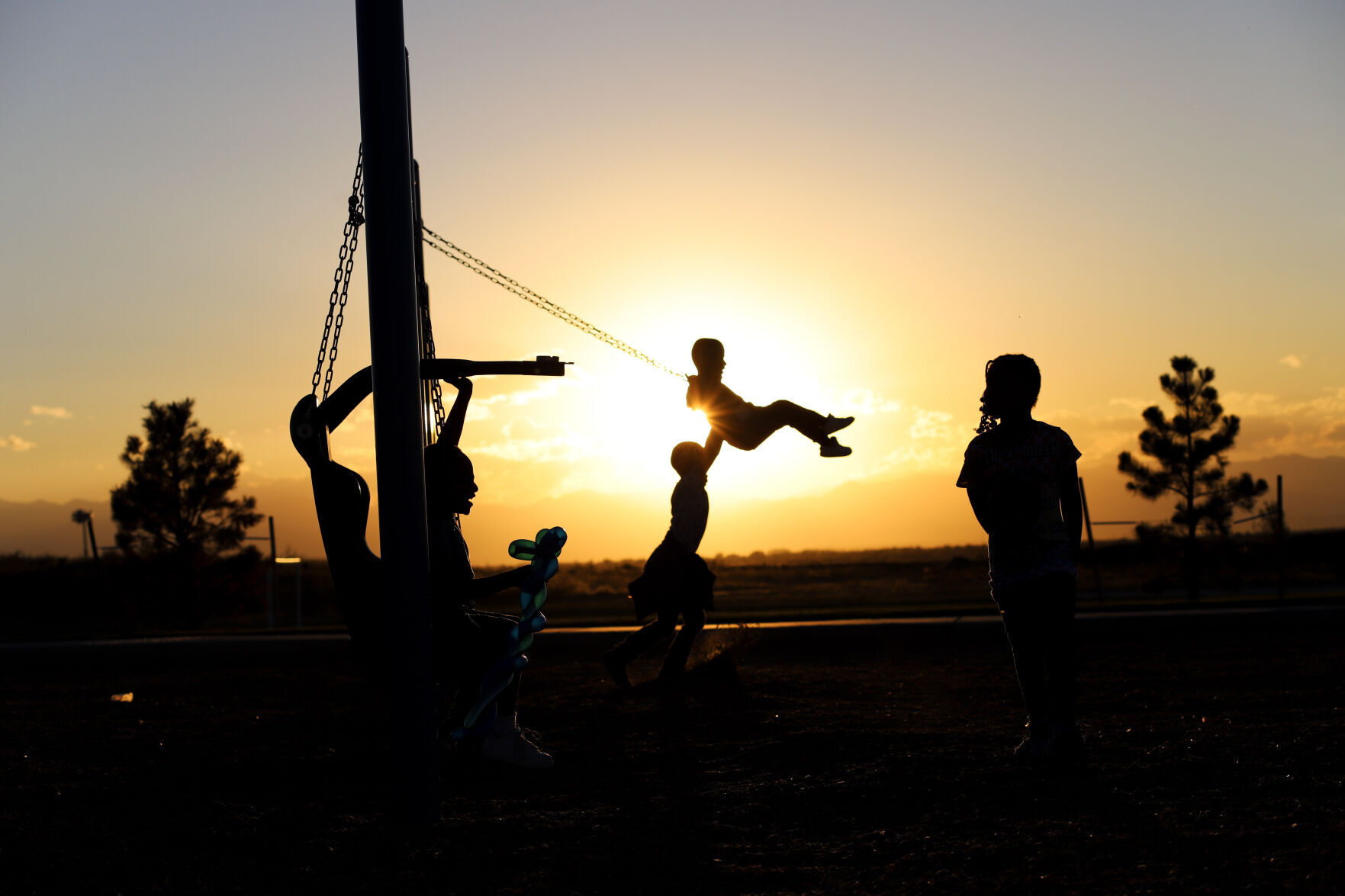
While Colorado voters last week rejected legislators’ request to keep people’s refund dollars and spend it on property tax relief, they approved more than $311 million in local tax increases for education.
“People do not trust state government,” said Tyler Sandberg, a political consultant and founder of Ready Colorado, a conservative organization that supports school choice.
Sandberg added, “When it comes to local elections, Colorado voters are discerning.”
In additional to two legislative referrals on the ballot, voters also considered 29 different local school initiatives to raise more than $1 billion in additional revenue.
Voters approved about half of them.
“I think voters are very savvy,” Sandberg said. “They don’t always get it right, but you have to trust the will of the people.”
The 14 voter-approved measures are expected to generate between $311.4 million and $311.7 million, according to data collected by the Colorado School Finance Project.
“Usually, you see a higher pass rate than fail. So, that was kind of unique in that aspect,” said Tracie L. Rainey, executive director of Colorado School Finance Project.
Rainey, who expects to see more measures on the ballot next year, said a contributing factor could have been the number of smaller, school districts less experienced with passing initiatives.
While the night proved to be a mixed bag for school districts across Colorado, the biggest surprise for Rainey was voters rejecting matching measures that would have required localities to pony up some of the district costs to receive state funding. To Rainey, that effectively left money on the table.
“That kind of thing doesn’t make a lot of sense,” Rainey said.
Founded in 1995, the Colorado School Finance Project is a nonprofit organization focused on collecting and distributing research-based information on school finance for state and local policymakers.
Seven counties – including Douglas and El Paso – put multiple ballot initiatives before voters.
Local measures often fair better with Colorado voters – Sandberg said -because the money is being spent closer to home, where taxpayers can see new schools being built or teachers getting pay raises.
Not so with state tax increases.
Statewide, voters approved Proposition II and rejected Proposition HH.
Placed on the ballot by lawmakers, Proposition HH asked voters to use Taxpayer’s Bill of Rights surplus revenue – which is usually refunded to taxpayers – to reduce property tax increases, fund school districts and backfill counties, water districts, fire districts, ambulance or hospital districts and other local governments.
TABOR, which the public adopted in 1992, limits the amount of revenue the state can retain and spend. The 1992 amendment also requires voter approval for tax hikes, although lawmakers can increase fees without the public’s nod.
Under the Colorado Constitution, if voters approved a new tax and the revenue collected in the first year turned out to be more than the estimate, the state must refund the excess and reduce the tax rate. Alternatively, the state could ask voters to allow it to keep all of the revenue and not reduce the tax rate.
Subsequently, Proposition II asked and policymakers received the voters’ permission to retain $23.65 million in excess nicotine taxes and use the money for the state’s new Universal Pre-K program.
“Voters have long shown a willingness to increase taxes at the local level,” Sandberg said.
Even so, voters in Douglas County surprised Sandberg.
Voters in Douglas County – which leans conservative – approved with 52% of the vote a $66 million measure to raise taxes to increase teacher compensation to be more competitive and to maintain school security, such as armed officers on campus.
But they rejected a $484 million bond for capital projects.
“It’s up to campaigns to make a persuasive case,” Sandberg said.
Sandberg added, “It’s not that voters are blinding saying yes or no.”
Mike Peterson, board president of Douglas County School District, could not be immediately reached for comment.
Rainey and Sandberg noted that measures with a wider local impact – such as increasing teacher pay versus a new school in a specific part of town – have a greater chance of gaining voter approval.
But that isn’t always the case.
Take Eagle County School District.
The district, too, had a bond and mill levy override on the ballot. But voters there approved the $100 million bond for capital projects and rejected a $3.5 million tax hike to increase teacher pay.
The way Sean Walsh sees it, success and failure rest on the strength of a campaign’s argument to voters.
Walsh was a consultant for the 5A and 5B campaign in Douglas County.
“We put a human face on this,” Walsh said.
For a district that routinely loses talent to other districts in the Denver metro area, hearing about the challenges teachers and principals face in the district was enough to convince voters to get behind voting to override the mill levy, he said.
“So, I think, for a lot of voters, they want to support the district, but do so at the lower level,” Walsh said. “They want to be generous with the district, but only so much.”
